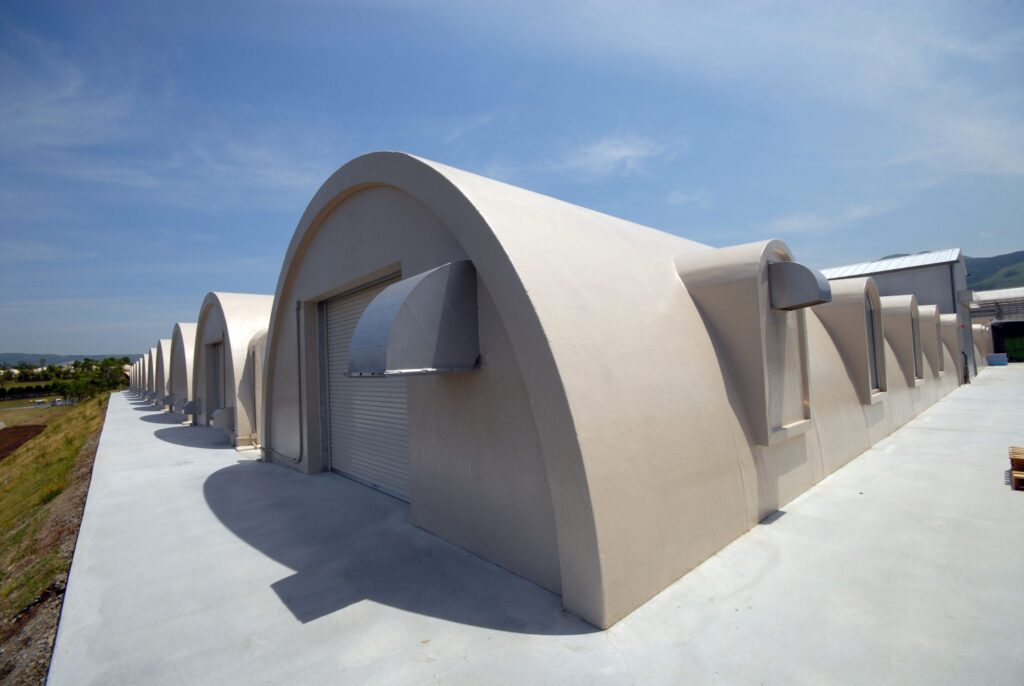The Art and Science of Building Domes
In the realm of architecture, domes stand as timeless icons of both aesthetic brilliance and structural innovation. These graceful, curved structures have graced the skylines of civilizations throughout history, from the grandeur of the Pantheon in Rome to the modern marvel of the Eden Project. The art and science of building domes require a delicate balance between architectural mastery and structural ingenuity, blending form and function seamlessly. In this exploration, we delve into the rich history, design principles, and engineering marvels that define the captivating world of dome construction.
Historical Significance:
The history of domes traces its roots back to ancient civilizations, with the most iconic example being the Pantheon in Rome, constructed around 126 AD. The Pantheon’s dome, a perfect hemisphere, showcases the architectural prowess of the Romans, who ingeniously combined concrete and unreinforced brick to achieve a structure that still stands as a testament to durability and elegance. Throughout history, various cultures, including the Byzantines and Ottomans, adopted and adapted the dome as a symbol of cultural and religious significance. The Hagia Sophia in Istanbul exemplifies the Byzantine mastery of dome construction, with its vast, awe-inspiring dome that once held the record as the largest in the world.
Design Principles:
The design of a dome involves a delicate interplay of mathematical precision, aesthetic considerations, and a deep understanding of materials. Unlike traditional roofs, which distribute weight evenly to the walls, domes transfer their loads downward, relying on the compressive strength of materials. The fundamental geometric shape of a dome is a hemisphere, a form that naturally distributes stress and ensures stability.
Architects also consider the ratio of the dome’s height to its diameter, known as the rise-to-span ratio. This ratio has an important impact on the dome’s aesthetics and structural stability and durability. A lower ratio often results in a broader, more squat appearance, while a higher ratio produces a slender and more elegant dome. Balancing these factors requires a keen eye for design and an understanding of the visual impact on the surrounding environment.
Material Selection and Engineering:
Choosing the right materials is a critical aspect of dome construction. Traditional materials like stone and brick have given way to modern alternatives such as reinforced concrete and steel. Advances in engineering have enabled the construction of larger and more complex domes, pushing the boundaries of architectural possibilities.
Reinforced concrete, in particular, has become a popular choice of people due to its strength, durability, and versatility. The Sydney Opera House, an iconic structure featuring a series of interlocking shell-like domes, exemplifies the successful integration of reinforced concrete into a groundbreaking design. The use of cutting-edge materials and construction techniques has expanded the scope of dome architecture, allowing for innovative and daring designs that were once thought impossible.
Structural Challenges and Solutions:
Despite the inherent strength of domes, they present unique structural challenges. The constant force of gravity acting on the dome’s curvature exerts tremendous pressure on the supporting structure. Engineers must carefully calculate the loads, taking into account factors such as wind, seismic activity, and temperature variations.
To address these challenges, architects and engineers employ various strategies. The incorporation of support systems, such as buttresses or tension cables, helps distribute the load and enhance stability. Computer-aided design (CAD) and finite element analysis (FEA) have revolutionized the design process, allowing for precise simulations of stress and load distribution. The Eden Project’s iconic biomes, featuring interconnected geodesic domes, exemplify the application of advanced engineering to create a lightweight yet robust structure capable of withstanding environmental forces.
Contemporary Examples:
In the 21st century, dome construction has reached new heights, both literally and figuratively. The Astana Nur-Alem Sphere in Kazakhstan stands as the world’s largest spherical building, showcasing the limitless possibilities of dome architecture. The project’s innovative design, combining glass and steel in a colossal geodesic dome, serves as a beacon of sustainability and technological advancement.
The Burj Khalifa in Dubai, although primarily known for its towering height, also features a spire-like crown that incorporates a dome element. This architectural marvel demonstrates how even skyscrapers can integrate dome-inspired elements, fusing tradition with modernity.
The Science of Domes:
Beneath the captivating exteriors lie the intricate calculations and engineering feats that make domes stand tall and proud. The science behind dome construction involves a meticulous blend of geometry, materials science, and structural engineering.
Structural Integrity:
Domes, by their very nature, distribute loads evenly across their surfaces. Engineers employ advanced mathematical models and structural analysis to ensure the structural integrity of the dome. The choice of materials, thickness, and shape all play crucial roles in supporting the dome’s weight and withstanding external forces.
Geodesic Mathematics:
Some of the most iconic domes, like those designed by Buckminster Fuller, are based on geodesic principles. The use of triangles in a geodesic dome provides remarkable strength and efficiency. The science of geodesic mathematics enables architects and engineers to create larger and more stable structures with less material.
Climate and Environment:
Modern dome construction incorporates sustainable practices and considers the impact of the environment. The science of building domes extends to energy efficiency, ventilation systems, and the use of eco-friendly materials, ensuring that these architectural wonders are not only aesthetically pleasing but also environmentally responsible.
Conclusion:
The art and science of building domes represent a captivating journey through architectural history, design principles, and engineering triumphs. From the ancient wonders of the Pantheon to the cutting-edge innovations of contemporary structures, domes continue to inspire awe and admiration. As architects and engineers push the boundaries of what is possible, the timeless allure of domes persists, reminding us that the marriage of form and function can create enduring masterpieces that stand as testaments to human ingenuity.
